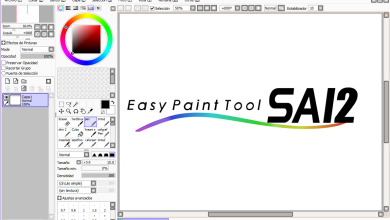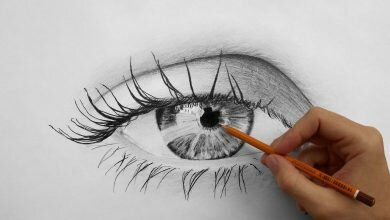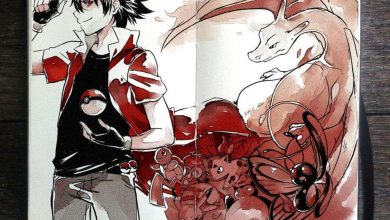What are the different vanishing points?

In the last three articles of the chibi sketch series, I taught you about the different types of perspective that exist. We also talked about the prospects cavalier and isometric. However, one of the main things you have to know to draw perspectives is vanishing points.
This time, I will show you what the vanishing points are, and how they work in different perspectives. In the next article in this series, we’ll learn how to use them properly.
The horizon line – the beginning of everything
Some refer to it as the eye level. You know when you are on the beach, and you see the “line” that separates the sky from the sea? That’s a good visual representation of what we’re talking about.
This line, in a scenario, is the geometric place where all the vanishing points of the drawing meet. Objectively, it is a horizontal line, to which all the straight lines of the drawing will be drawn for specific points on it.
In other words, this line is very important in perspective drawing, because it helps us determine the general structure of an image.
But what are vanishing points?
Vanishing points are specific points, which will always be positioned on the horizon line. Their function is to attract all the lines of the drawing towards them.
However, these points will not always be visible in the image, that is, they can be outside the drawing box, but they will work in the same way, as convergence points to all the drawing lines.
It is also known as frontal perspective. In this perspective, the lines of the drawing meet at a single point. We will see objects with their front side parallel to the observer. Technically, it is the simplest form of vanishing point perspective, widely used in horror movie scenes involving corridors.
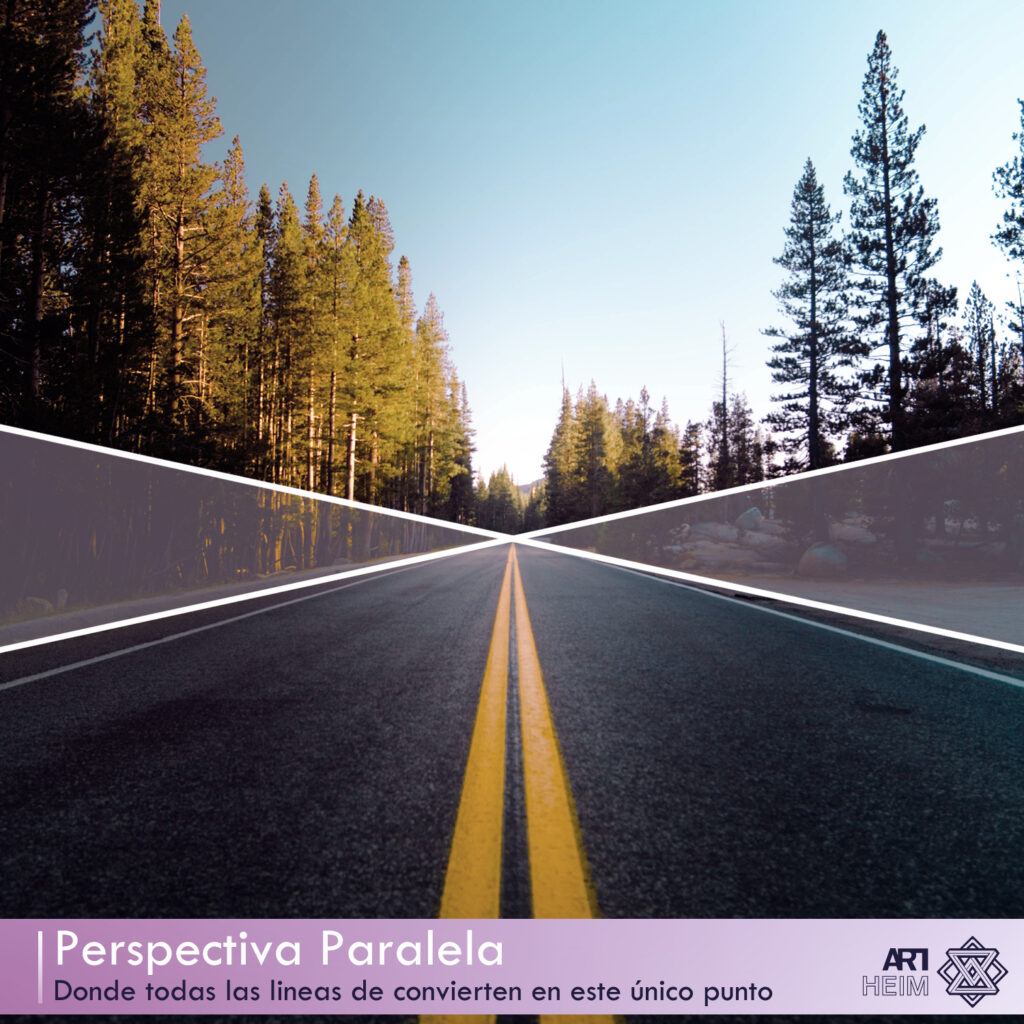
It is used when an object is in an oblique position, that is, with one of its edges turned towards the observer. It is widely used to draw furniture and the exterior of buildings.
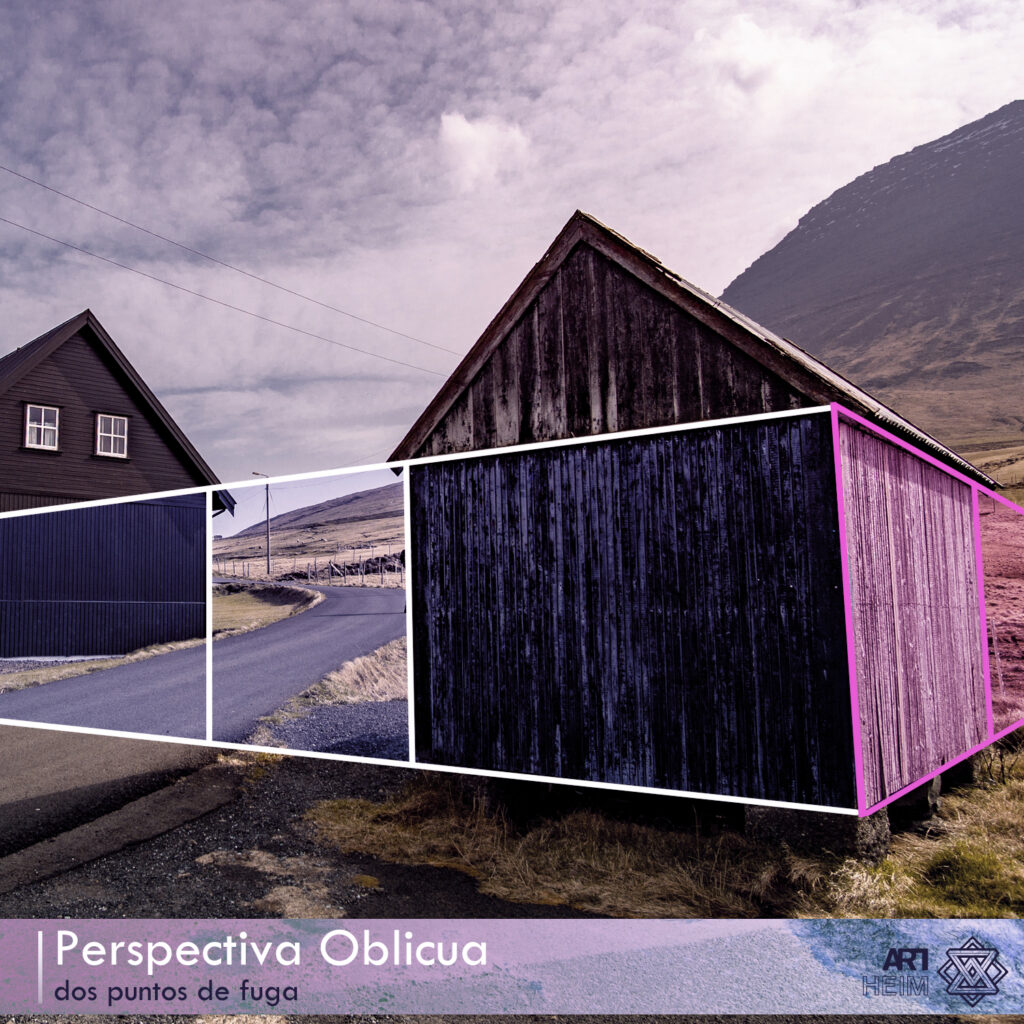
This type of perspective has two vanishing points, however, these points will not always be visible on the horizon line of the image, and may be located outside the frame, as I mentioned earlier.
This situation is not unusual, and it applies to other types of perspectives, such as aerial and inverted, which we will see later.
Perspectives using 3 vanishing points have the advantage of representing three-dimensional planes, even though the drawing is two-dimensional. That’s because by adding a third vanishing point, we can make the viewer look up or down on an object.
In this way, a distortion in perspective occurs, which causes us to have an optical perception of how we would see from these views in real life.
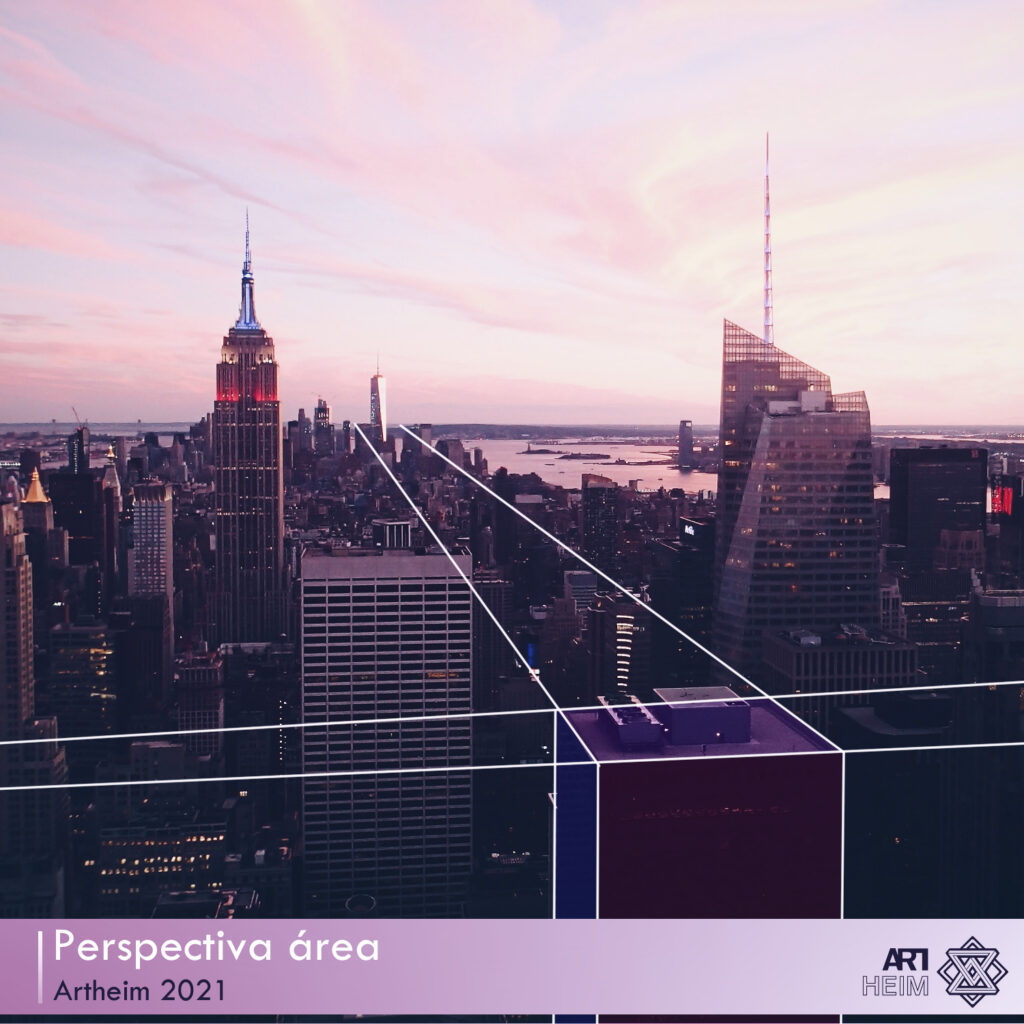
In the aerial and inverted perspectives, we have three converging lines, each going to its respective vanishing point. This effect makes us perceive buildings from above or below.
The biggest difference between these two perspectives is the position of the horizon line: in the aerial view, the line is in an upper position, and in the inverted view, in a lower position.
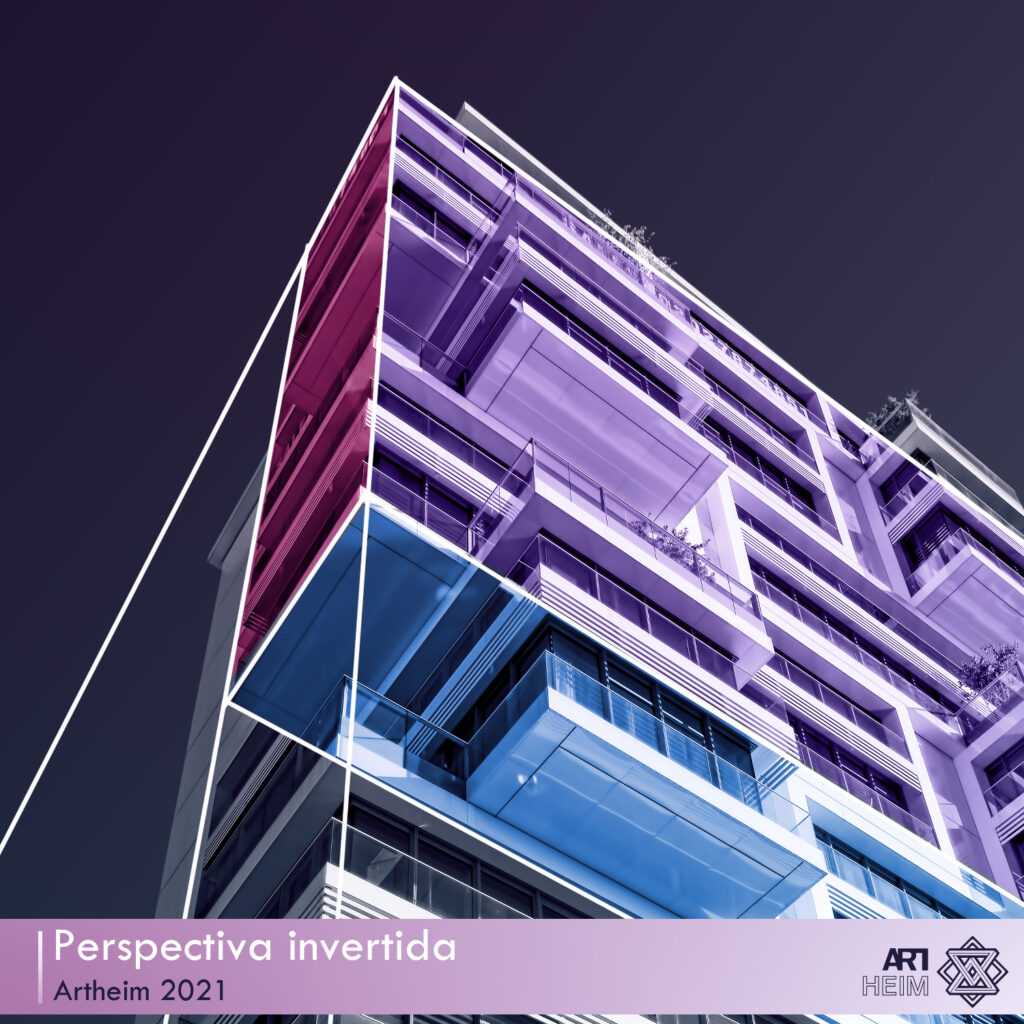
To understand a little more about the necessary technique to draw environments in a fluid way, you can take a look at this Domestika course on architectural sketching. Don’t forget that we have a 10% discount code to use in any Domestika course: CHIBERIANOS-WAIFUS. 😉
Now that we have understood what the bases are for the composition of perspectives using the vanishing points and the horizon line, how about trying to practice with them and see how the drawings come out?
I am very curious to know, did you know what the vanishing points are, and the different types of perspective that we can do with them? Did you know about how they act in relation to the horizon line? Send me your comments and thoughts. 🙂






